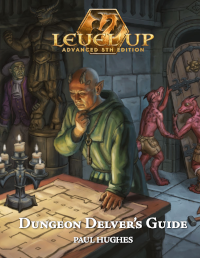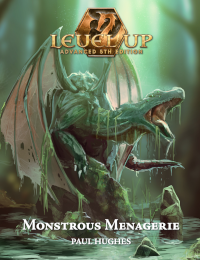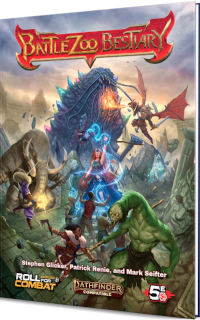How do the goblins and wolves in the first Essentials DM book encounter compare to their Monster Manual 1 counterparts?
The Goblin Cutthroat (level 1 skirmisher) isn’t really a conversion of the MM1 Goblin Warrior (level 1 skirmisher): it’s a new goblin, more like a cross between the Warrior and the MM1 Backblade. Its attack does 1d6+5 damage, instead of the Backblade’s 1d6+2 (both do 1d6 extra damage with combat advantage). That’s a 3-point damage boost, which is high even taking into account the new monster math. The Backblade’s average damage, 5.5, was too low even by MM1 standards. At the time, I bet the designers were factoring the extra 1d6 flanking damage into the Backblade’s average damage. Now it’s being treated like any other special attack rider, like Slowed or Knocked Prone: separate from the average damage equation.
The goblin also has a simple move action power: shift 3.
The Gray Wolf is an update of the MM1 Gray Wolf. Its initative and Reflex have been increased by +1. Like the Goblin, its damage has been upgraded by +3, to 1d6+5 (+1d6 if the target is prone). Its bite attack has also been given an Effect: “The wolf shifts 4 squares.” That means that wolves can now stand around a victim in a pack, darting in for a bite and then escaping to safety. This is a great, thematic change to the wolf.
For reference, the Mentzer goblin’s AC is 6 and it makes saving throws as a Normal Man. A wolf has 2+2 Hit Dice and saves as a Fighter 1.
I can’t wait to see the Essentials Starter Set implementation of the Robber Fly and Living Statue!







